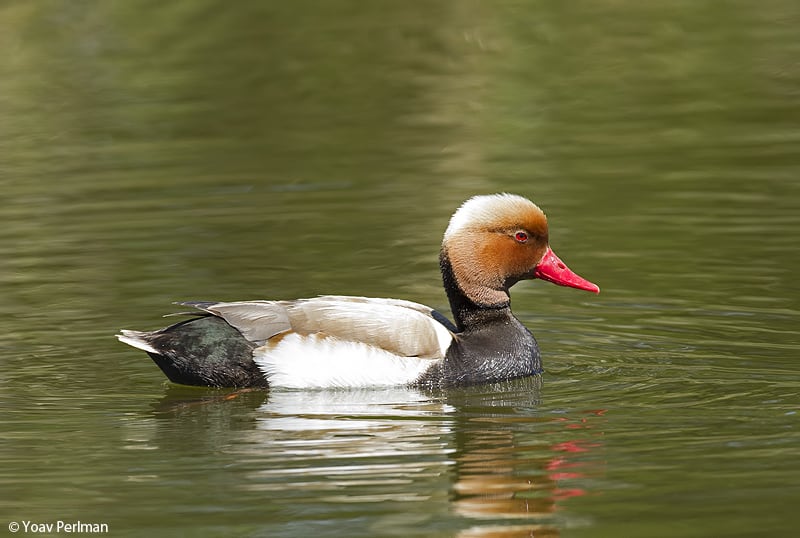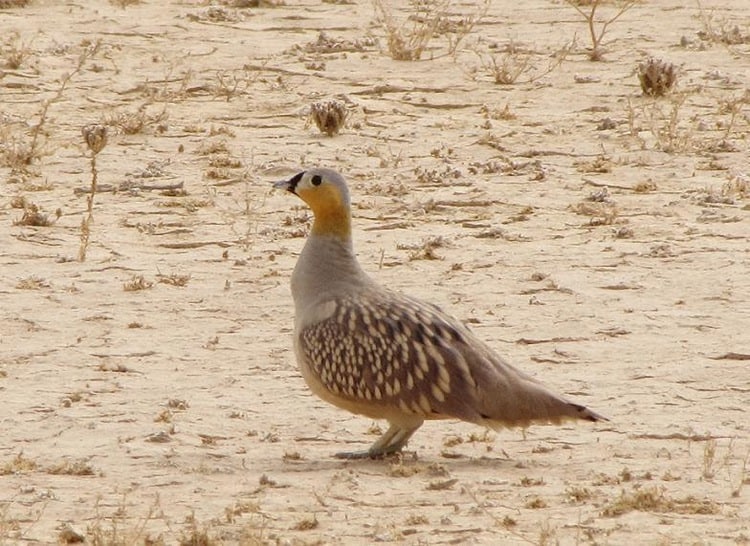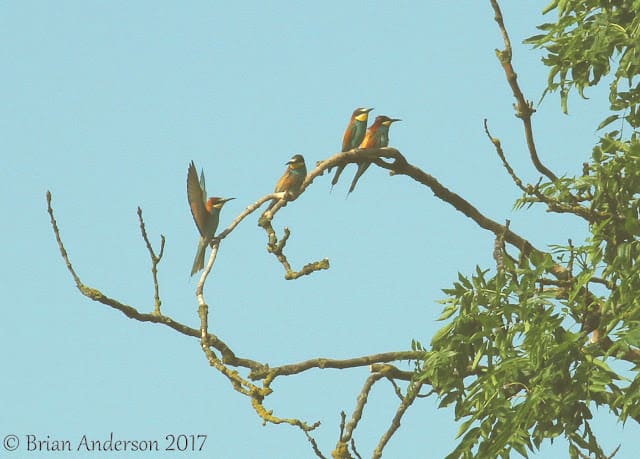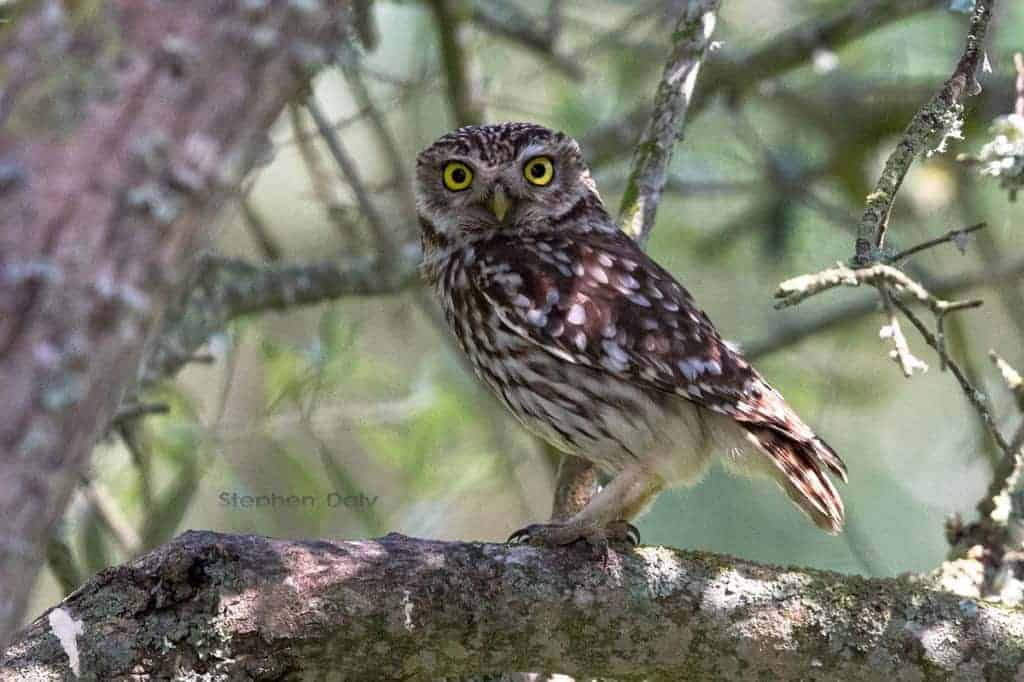A day off work gave me the opportunity to travel up the M1 where a party of Bee-eaters have set up home and look like trying to produce some little Bee-eaters with a little luck. The RSPB has set up safe viewing with the help of a local farmer and the quarry owners. We paid […]
Tag: Bee-eater

Foreign visitors to the Algarve
Yesterday we took our day off and replaced the steppes of Alentejo with the saltmarshes, beaches and lagoons of the Algarve. It was a long and brilliant day, packed with quality stuff. We left very early to arrive at our first site, Salinas do Forte do Rato in Tavira in good time. It was pretty […]

Twice as many?
In 1492 when Christopher Columbus arrived in America, the people already living here were well aware of their land’s ornithological treasures. On October 12, 1492, Columbus wrote in his diary that the only wild animals he saw at all were parrots, but he had seen much more by October 21, when he wrote, The melody […]

Looking for Arabian Waxbill in Wadi Waj – Taif
Phil and I went to Wadi Waj, a site near the center of Taif. This site is a wastewater runoff stream that permanently flows and has good growth of reeds and sedges nearby. It is a place where Waxbill has been seen and where we saw two last summer. We went on the hope of […]

Arabian Green Bee-eater
The Arabian Green Bee-eater is usually treated as conspecific with M. viridissimus and M. orientalis, but differs from both in its very short stub-ended central tail feathers; bright blue forehead, supercilium and throat, and bluer lower belly; broader, smudgier black breast-bar; marginally larger size and clearly longer tail (minus the tail extensions) than the other […]

Arabian Green Bee-eater – A new Arabian endemic?
The Handbook of Birds of the world have just split Arabian Green Bee-eater from Green Bee-eater. Philothrus cyanophrys Cabanis and Heine, 1860, Arabia = mountains of Al Qunfudhah, southwestern Saudi Arabia. Usually treated as conspecific with M. viridissimus and M. orientalis, but differs from both in its very short stub-ended central tail feathers; bright blue […]

Signs of hope
The current monitoring work which was designed, is aiming to give some more specific insight about migration along the Arava but also to check target breeding species. Over the last 10 years numbers of Arabian Warblers have dropped dramatically in the Arava and in fact in the last breeding season, I could not locate even […]

